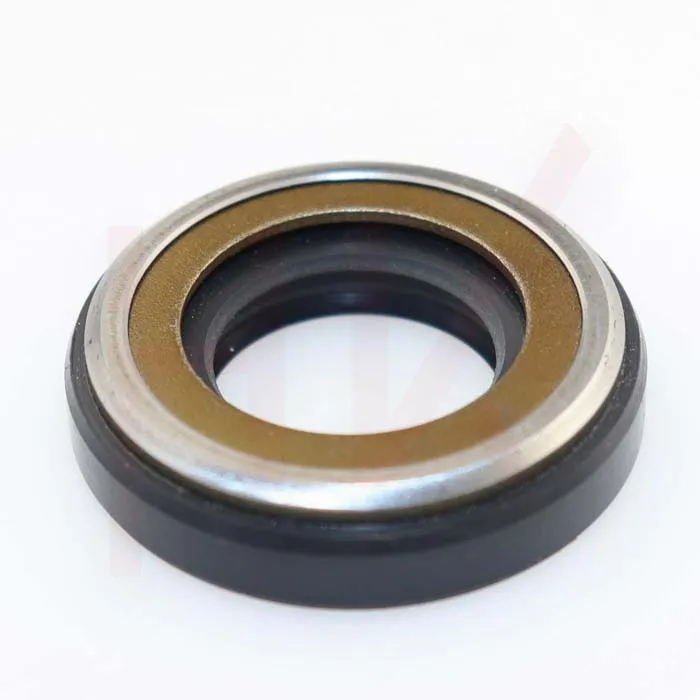Nov . 08, 2024 04:29 Back to list
Choosing the Right Material for Hydraulic Cylinder Seal Kits
Understanding Hydraulic Cylinder Seal Kit Materials
Hydraulic systems are essential components in various industrial and mechanical applications, providing the muscle behind machines like excavators, forklifts, and presses. A crucial part of these systems is the hydraulic cylinder, which relies on seal kits to function effectively. The materials used in these seal kits play a vital role in the performance, durability, and reliability of hydraulic cylinders. This article aims to explore the different materials used in hydraulic cylinder seal kits, their properties, and the implications for hydraulic system performance.
Common Materials Used in Hydraulic Cylinder Seal Kits
1. Nitrile Rubber (NBR) Nitrile rubber, or Buna-N, is one of the most commonly used materials for hydraulic seals due to its versatility and resistance to petroleum-based fluids. Its excellent abrasion resistance and good tensile strength make it suitable for various hydraulic applications. NBR seals can typically withstand temperatures ranging from -40°F to 212°F (-40°C to 100°C), which is sufficient for many hydraulic environments. However, exposure to weathering and ozone can degrade NBR, limiting its use in outdoor applications.
2. Polyurethane (PU) Polyurethane is known for its exceptional wear resistance and ability to handle higher pressures than other seal materials. This makes PU an excellent choice for hydraulic cylinders operating in harsh environments. Polyurethane seals can function effectively at temperatures ranging from -40°F to 230°F (-40°C to 110°C). Moreover, the material is resistant to aging and can withstand a wider range of chemicals, making it ideal for various fluid types in hydraulic systems.
3. Fluoroelastomer (FKM) Fluoroelastomers like Viton are notable for their high resistance to extreme temperatures and harsh chemicals. These materials can endure temperatures as high as 400°F (204°C), making them suitable for high-performance hydraulic applications. Their excellent resistance to oils, fuels, and solvents is crucial for systems in industries like aerospace and automotive, where exposure to demanding conditions is common. However, FKM seals can be more expensive than other options, which may limit their use in less critical applications.
4. Silicone Rubber Silicone rubber is highly resistant to extreme temperatures and is often used in applications that require flexibility and stability. While silicone can handle temperatures from -100°F to 450°F (-73°C to 232°C), it is generally not recommended for high-pressure hydraulic applications. Its primary uses are in low-pressure systems or as a secondary seal in conjunction with more robust materials.
5. Acetal (POM) Acetal, also known as polyoxymethylene, is a strong and rigid plastic used in some hydraulic cylinder seals. Its low friction coefficient reduces wear and enhances the longevity of hydraulic systems. While acetal seals can operate effectively in a narrow range of temperatures, they excel in environments involving dynamic movements due to their strength and chemical resistance.
hydraulic cylinder seal kit material

Considerations for Material Selection
When selecting materials for hydraulic cylinder seal kits, several factors should be considered. These include
- Chemical Compatibility The seal material must withstand the fluids it will encounter without degrading. Selecting the wrong material can result in seal failure and costly downtimes.
- Temperature Range Hydraulic systems often operate in varied temperatures, so the seal material must perform well under both high and low temperatures.
- Pressure Resistance Understanding the pressure levels within the hydraulic system is crucial to choosing a material that can withstand those conditions.
- Environment Consideration of external factors such as UV exposure, humidity, and the possibility of contact with other chemicals is essential to ensure the longevity of the seals.
Conclusion
In summary, the choice of materials in hydraulic cylinder seal kits significantly affects the performance and reliability of hydraulic systems. With options like nitrile rubber, polyurethane, fluoroelastomers, silicone, and acetal, manufacturers can tailor the seals to meet specific operational needs and environmental conditions. By understanding the properties and limitations of these materials, engineers and maintenance professionals can make informed decisions, ensuring efficient and reliable operation of hydraulic machinery. Proper selection and maintenance of seal kits are crucial for the longevity and effectiveness of hydraulic systems, making it an essential consideration in any hydraulic application.
-
The Trans-formative Journey of Wheel Hub Oil Seals
NewsJun.06,2025
-
Graphene-Enhanced Oil Seals: Revolutionizing High-Pressure Oil Sealing
NewsJun.06,2025
-
Future of Hydraulic Sealing: Advanced Intelligent TCN Oil Seals
NewsJun.06,2025
-
Don’t Let a Broken TCV Oil Seal Ruin Your Day
NewsJun.06,2025
-
Bio-Inspired Dust Seals for Better Sealing Performance
NewsJun.06,2025
-
Biodegradable and Sustainable Hydraulic Seal Materials
NewsJun.06,2025
-
Top Oil Seal Solutions for Your Industrial Needs
NewsMay.22,2025
Products categories
















